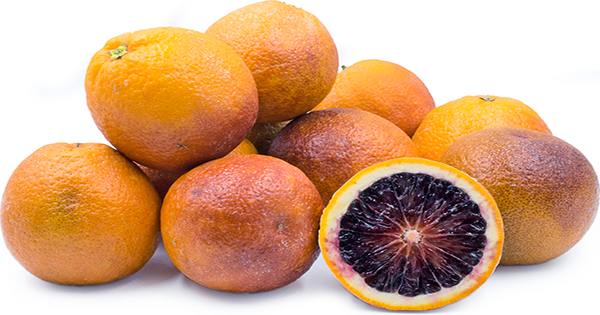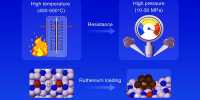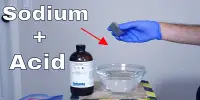Is it still orange, if the orange is purple? Neti Moffitt, a Queensland, Australia resident, was going about her normal business when she noticed something rather peculiar on her kitchen counter – the leftover slices of an orange she had cut up for her 2-year-old son the day before had started to transform into a deep purple-ish color. Disturbed by this turn of events, he checked the pieces his son had already eaten and checked them were also purple.
Moffitt told ABC News, “I went rifling through the rubbish box for the three bits my son ate and made sure they were quite purple than leaving them on the bench.” The good news: her son is well.
Moffitt added, “My first thought was I hope it doesn’t have a bad effect on my child. But he’s good, not dramatic at all.” The bad news: No one really knows why the orange slices turned purple in the first place. Moffitt contacted Queensland Health and an officer came and cut the pieces, as well as the knife used to cut the oranges and the sharpener of the steel knife.
Moffitt explained, “They were really interested in the fruit trees in our garden. I also have a bunch of roses next to the fruit bowl, so they considered it.” “They’re shocked. They’re absolutely stumped. No one knows why.” However, this is not the first time that purple oranges have existed at least once.
In 2015, Angela told Postal Nine News that she had left some of her kids’ lunchboxes in a container overnight just to wake them up and see in the morning that they had become the color of curiosity. He took pictures of the abnormal fruit that turned purple and contacted the local health authority to request a test.
First, the experiments deny the common artificial color. Subsequently, the tests ruled out iodine. What scientists were able to do without causing color change, they did not know. Since then, Postle has said it happened again with fruit bought from a different supermarket, which seems to have more to do with something in the house than the fruit.
Postle added, “The most surprising thing is that it doesn’t happen to every orange – just some of them.” While scientists are still trying to unravel the mystery, Twitter users have come up with their own ideas. Suggestions include anthocyanin, berries, cabbage, and a dark purple pigment found in a few root vegetables.















